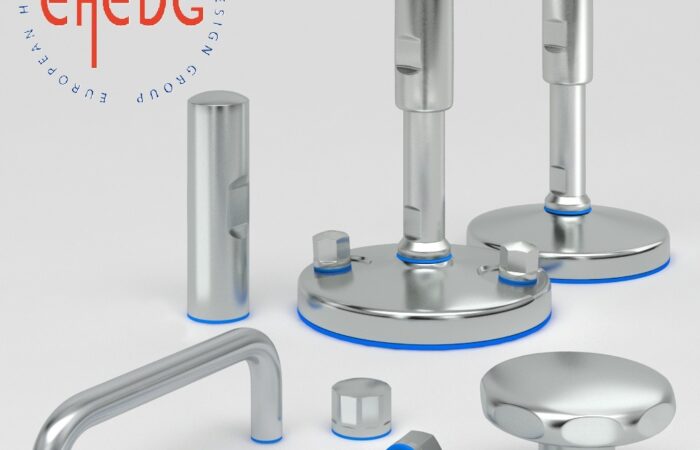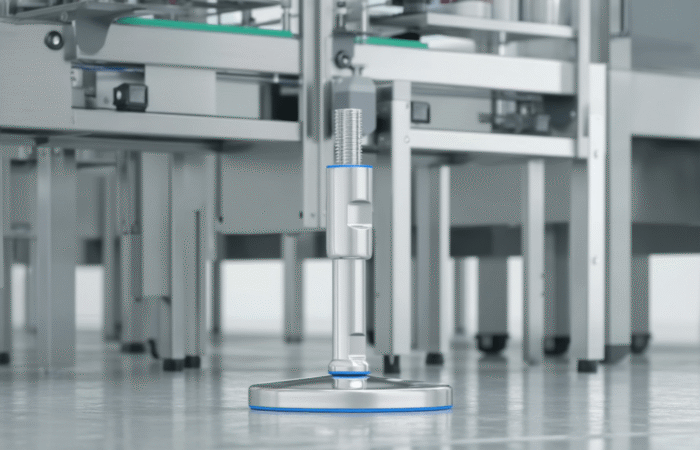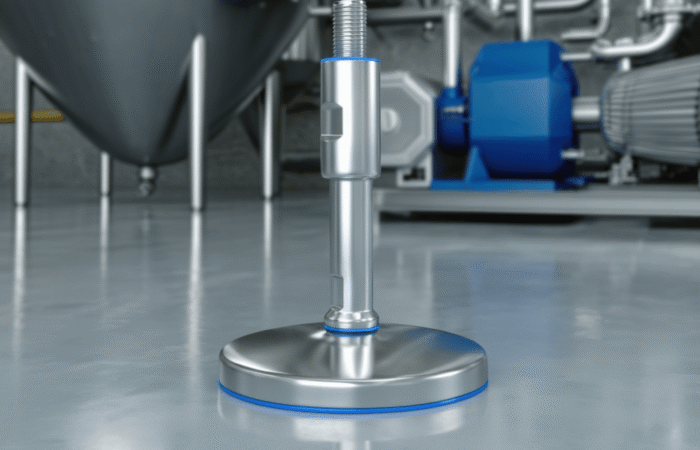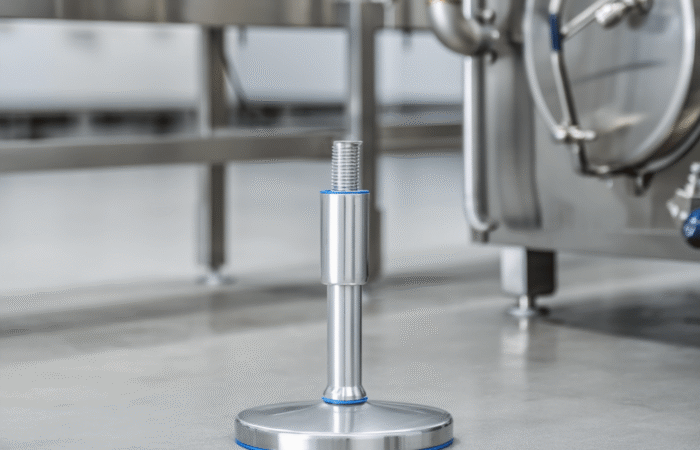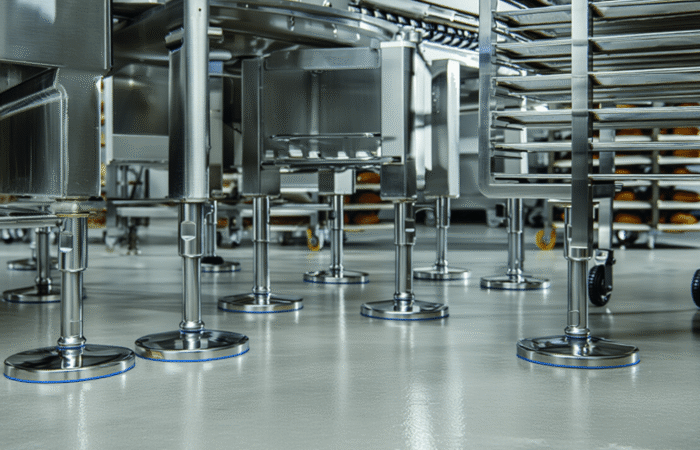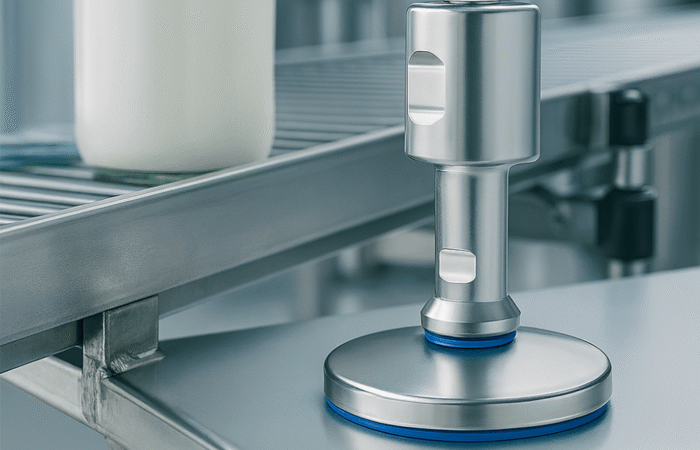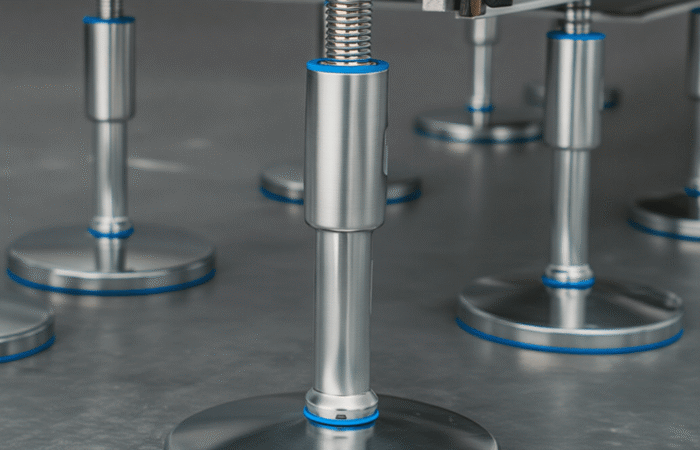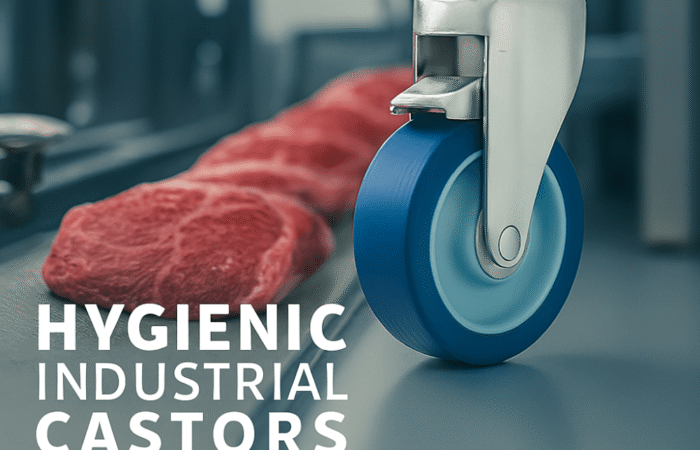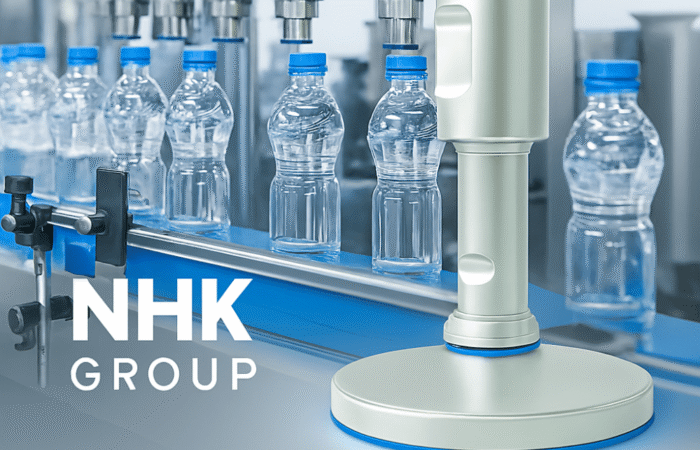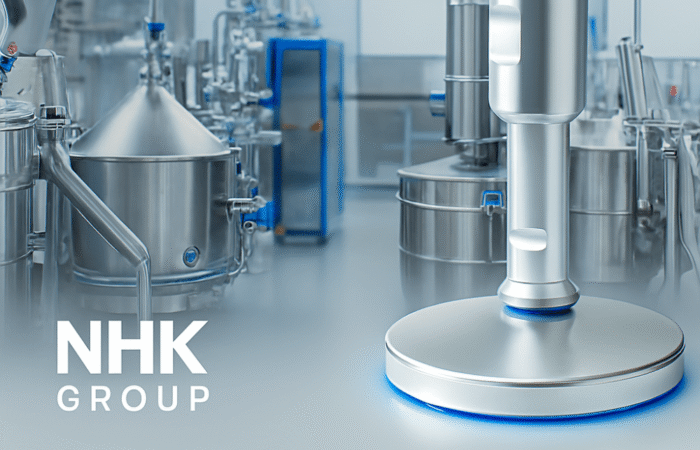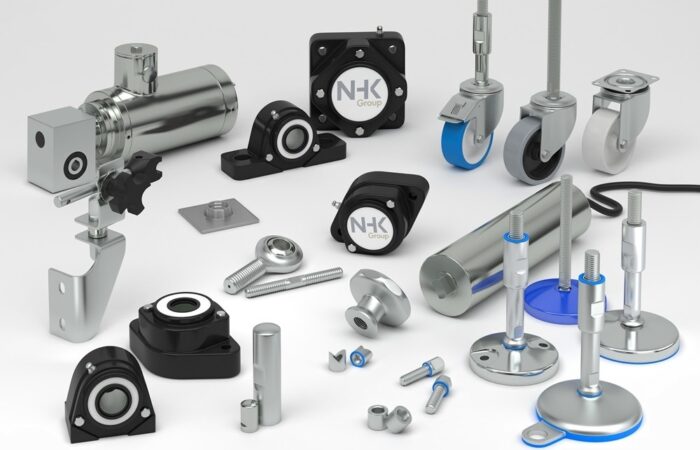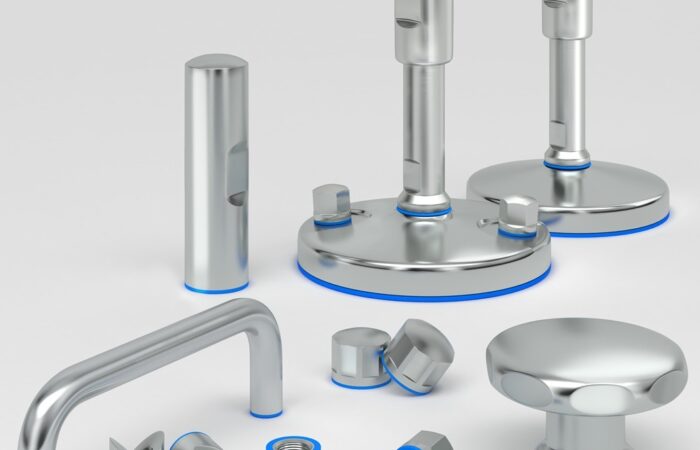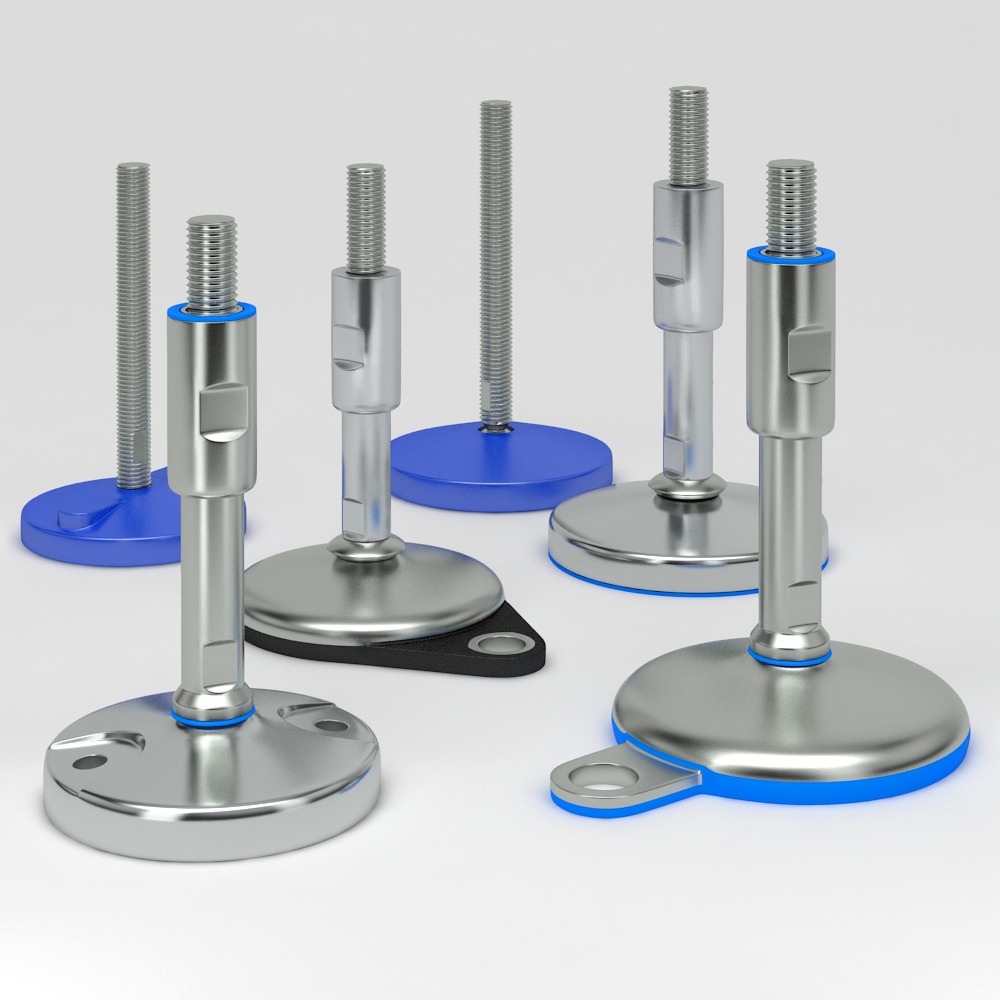
Industrial Feet vs. Stainless Steel Feet: A Comprehensive Guide
In industrial environments, choosing the right leveling feet is crucial to ensuring equipment stability, longevity, and hygiene. Whether for food processing, pharmaceuticals, manufacturing, or heavy-duty applications, the right type of leveling feet can impact efficiency, safety, and compliance with industry standards. This article provides a detailed comparison between standard industrial feet and stainless steel feet, analyzing their usage, industry applications, materials, and case studies. Additionally, we explore leading manufacturers, certifications, and customer testimonials to help you make an informed decision. Industrial feet, also known as machine leveling feet or adjustable leveling feet, serve three primary functions: While standard industrial feet (made of plastic, zinc-plated steel, or rubber) offer basic stability, stainless steel feet excel in demanding environments that require hygiene, corrosion resistance, and durability. Industrial and stainless steel feet are utilized across multiple industries, each with unique requirements. The choice of material directly impacts durability, hygiene, and corrosion resistance. Below is a comparison of the most common materials used in leveling feet: For industries requiring stringent hygiene compliance, stainless steel 304 or 316 is the gold standard due to its corrosion resistance, easy cleaning, and robustness. When selecting high-quality leveling feet, consider reputable manufacturers: Choosing certified leveling feet guarantees compliance with industry regulations. Key certifications include: Manufacturers such as NHK, Nordic Technology and NHK Group meet EHEDG and Sanitary Standards requirements, making them ideal for hygienic and industrial applications. Satisfied customers highlight the importance of choosing high-quality leveling feet: Food Processing Facility Manager (Germany): Pharmaceutical Engineer (USA): Heavy Equipment Operator (UK): These testimonials reinforce the real-world benefits of choosing stainless steel feet over standard industrial feet. Investing in the right leveling feet ensures safety, compliance, and long-term cost savings. Leading manufacturers offer solutions designed for optimal performance in industrial and hygienic environments.Selecting the Right Leveling Feet for Your Industry
Understanding Industrial Feet and Stainless Steel Feet
Usage and Functionality
Industries and Applications
Industry Industrial Feet (Standard) Stainless Steel Feet Food Processing Prone to corrosion, harder to clean Hygienic, corrosion-resistant, and easy to clean Pharmaceuticals May not withstand chemical cleaning Required for cleanroom compliance and sterilization Manufacturing Cost-effective for general assembly lines Needed for precision and longevity in critical operations Healthcare & Labs Limited resistance to harsh cleaning agents Ensures sterility and patient safety Chemical Processing Prone to degradation in acidic or alkaline environments Resistant to chemical exposure and extreme temperatures Heavy Equipment Suitable for non-corrosive environments Required for exposure to moisture and harsh conditions Material Differences: Strength and Longevity
Material Properties Best Used In Plastic (Nylon/ABS) Lightweight, cost-effective, but low durability Office furniture, light machinery Zinc-Plated Steel Moderate strength, rusts over time General manufacturing, low-humidity environments Rubber-Coated Feet Reduces vibrations but wears out over time Electronics, noise-sensitive environments Stainless Steel (304/316) High durability, corrosion-resistant, easy to clean Food, pharma, medical, chemical industries Real-World Experience
Food Processing Facility Upgrade
Pharmaceutical Cleanroom Compliance
Heavy Machinery Manufacturing Stability
Chemical Processing Plant Resilience
Leading Manufacturers of Leveling Feet
Manufacturer Specialization NHK Hygienic Components EHEDG-certified stainless steel feet for hygienic applications Nordic Technology Wide range of industrial and hygienic machine feet Machine Levelling Heavy-duty stainless steel and anti-vibration feet Conveyor Parts Hygienic adjustable feet for food and pharma industries NHK Machinery Parts Precision-engineered stainless steel leveling feet Certifications and Standards: Ensuring Quality
Certification Description EHEDG (European Hygienic Engineering & Design Group) Ensures compliance with hygienic design standards for food and pharma industries Sanitary Standards Defines sanitary design criteria for dairy and food processing equipment ISO 9001 Guarantees quality management system compliance FDA & GMP Compliance Required for pharmaceutical, biotech, and food industries Customer Testimonials in Action
“Switching to EHEDG-certified stainless steel feet eliminated contamination risks in our yogurt production line.”
“Our cleanroom equipment now meets FDA standards, thanks to precision-engineered stainless steel feet.”
“Replacing our old feet with heavy-duty stainless steel leveling feet significantly reduced machine vibration and improved accuracy.”Industrial Feet vs. Stainless Steel Feet
Feature Industrial Feet (Standard) Stainless Steel Feet Durability Moderate, may rust over time High, corrosion-resistant Hygiene Low, hard to clean crevices High, easy to sanitize Corrosion Resistance Limited to non-moist environments Excellent, withstands washdowns Industry Compliance Not suitable for food & pharma Meets EHEDG and GMP standards Lifespan Shorter, requires replacements Long-lasting, cost-effective Best Used For Manufacturing, general assembly Food, pharma, heavy-duty industries Choosing the Right Feet for Your Industry

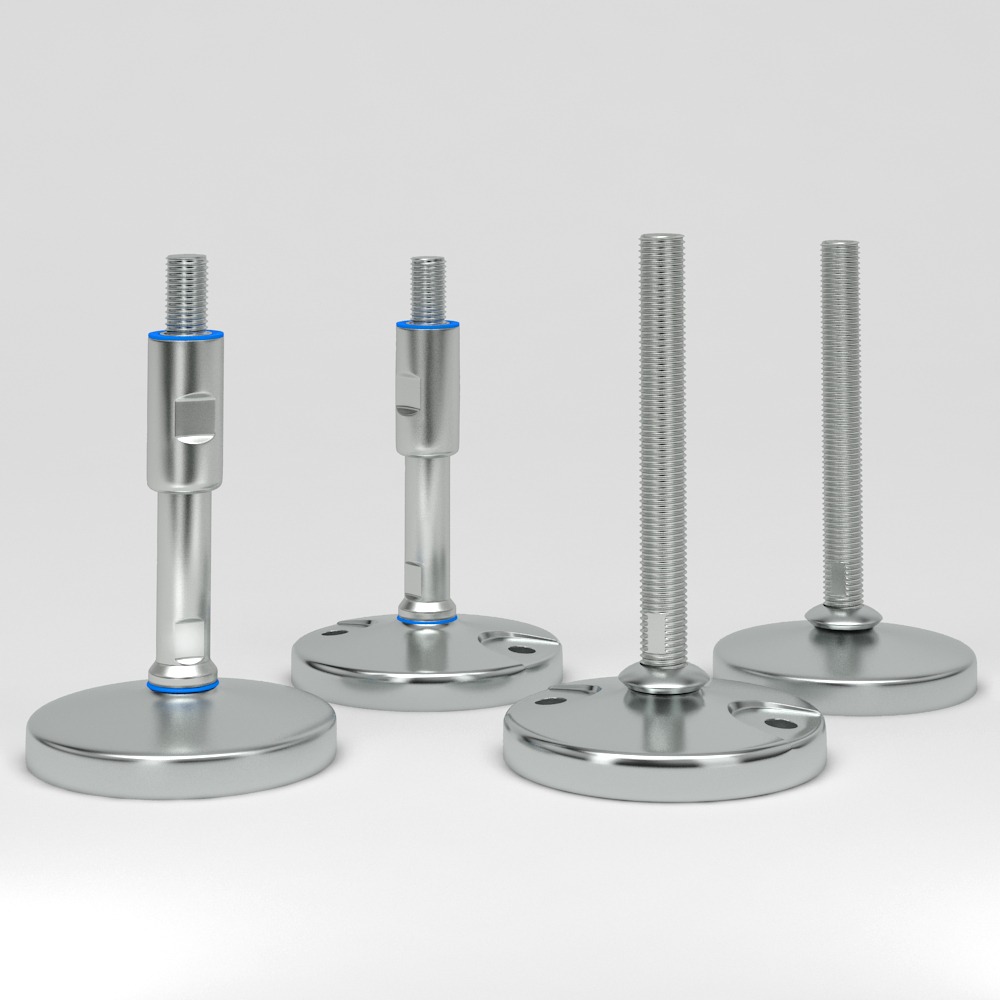
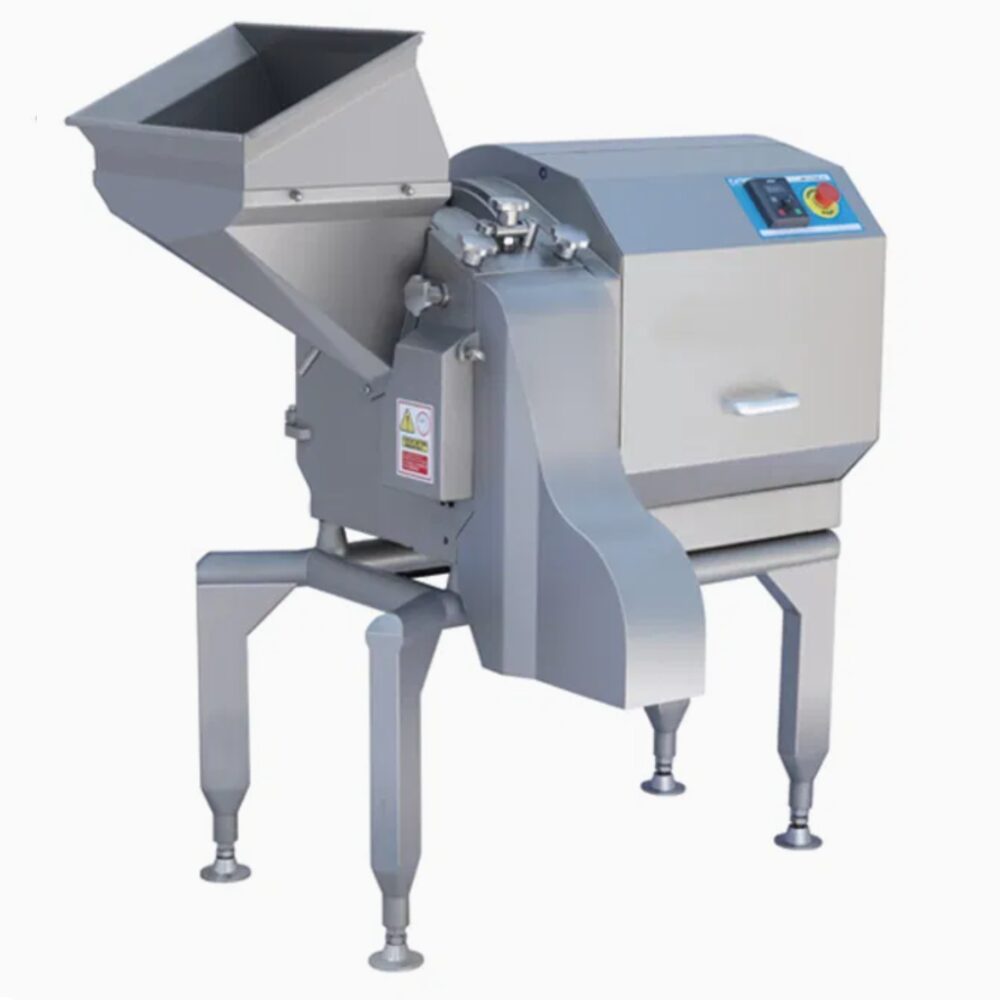
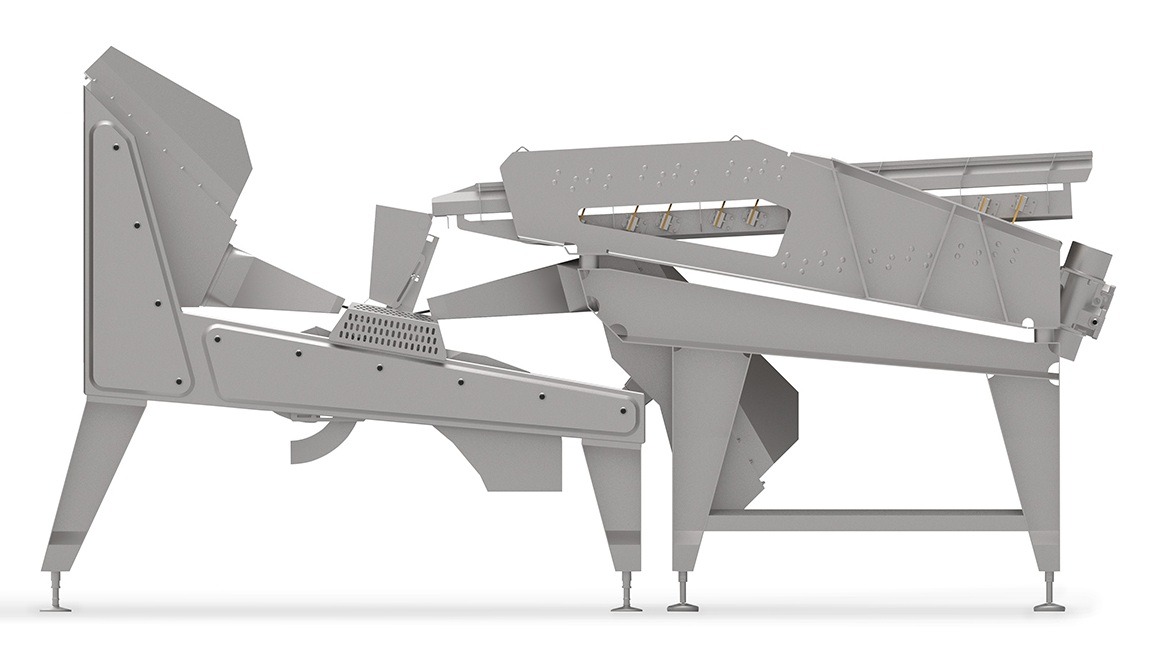
Contact
